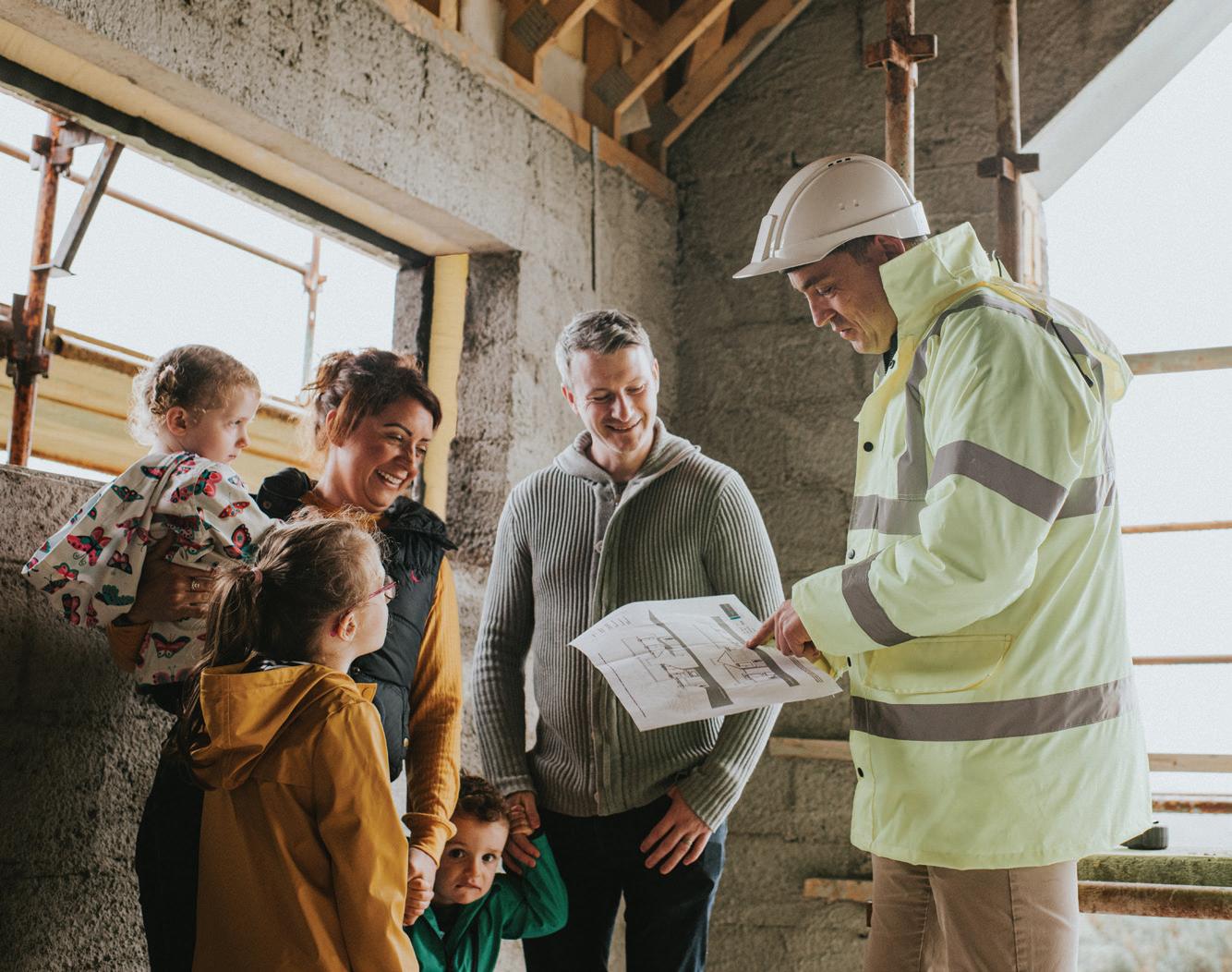
1 minute read
Price increases to ease in ‘23
September 2022, increased nearly 18 per cent as compared to the same period in 2021.
MacCoille said there could be “a degree of froth” in the Irish housing market but he added that the labour market remains strong, which means demand for housing remains. This, despite the effects of the war in Ukraine, inflation, and European Central Bank rate hikes which will increase the cost of taking out a mortgage.
It’s hard to know whether supports will continue to prop up the housing sector, he said. These include the new mortgage rules that make it easier to borrow money, the extension to the Help to Buy scheme and the introduction of the First Home share equity scheme, which is expected to be extended to self-builders – although not in the near future.
After the war in Ukraine pushed up the price of everything from steel to aluminium and brick, consulting firm Mitchell McDermott says material prices “began to moderate in Q3 and encouragingly plateaued in Q4”.
According to the firm, general construction inflation increased by 12 per cent in 2022, and it expects a 5 to 7 per cent increase in 2023. Paul Mitchell, one of the authors of the report, said we may be coming to the end of the current inflationary cycle and that costs are “trending in the right direction”.
Material prices
From one analysis timber, which was hit by the felling licencing delays, and steel have dropped in price but at the moment it looks like prices overall are plateauing. Some energy intensive industries, e.g. those related to quarrying are still dealing with the high cost of energy although it appears those pressures could ease if energy prices continue to drop.
Meanwhile, nearly two thirds of (63 per cent) of builders said inflation continues to pose serious financial concerns and 85 per cent said they expected material costs to continue to rise. That’s according to the Construction Employers’ Federation July to December 2022 survey.
80 per cent said material availability issues were now manageable. 43 per cent of the firms surveyed were looking to consolidate their business over the coming 12 months, with 27 per cent looking to increase profitability.
67 per cent of firms said they were either at full or almost full capacity while only 7 per cent said they currently had capacity for significant levels of new work.
Only 13 per cent of respondents believed there would be more public and private sector opportunities in NI in 2023 with 60 per cent foreseeing a decline in activity.










